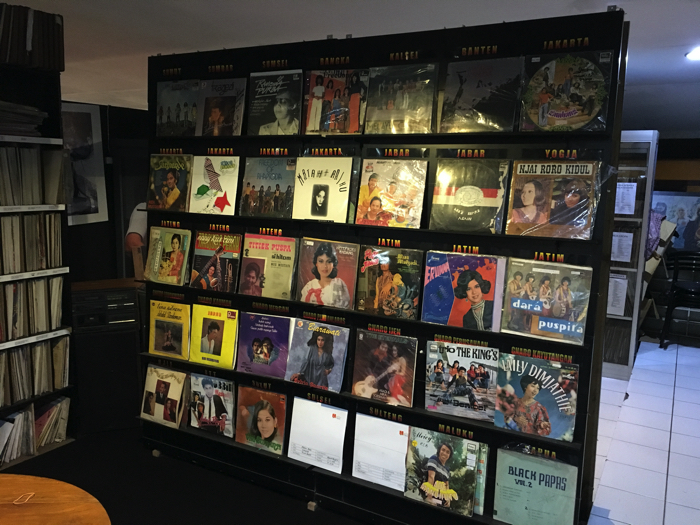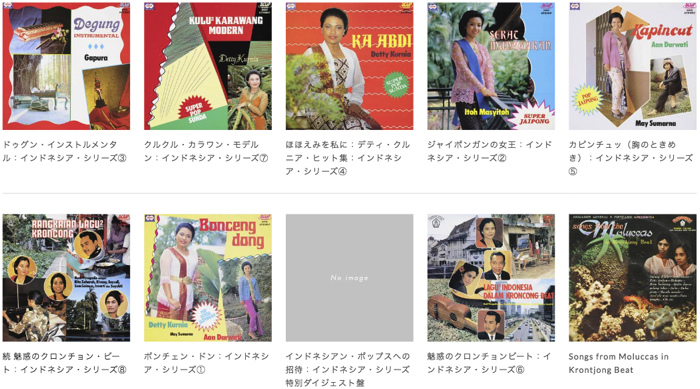- Project Leader : Kim Yujin (National Museum of Ethnology)
Outline of Research
What is “Indonesian Music” in the genre of “World Music?” In the 1980s and early 1990s, “World Music” was used as an umbrella term for all non-Western music by media in the Western world and from a Western perspective, including Japan. This study analyzes the writings of Japanese music critics on Indonesian music, which was the most acclaimed among Southeast Asian countries during the world music era.
The study focuses on the discourses of three Japanese music critics—Toyo Nakamura, Katsunori Tanaka, and Fumio Koizumi—who are known as connoisseurs of Indonesian music and have raised the reputation of Indonesian music in Japan. Using the archives at the National Diet Library, New Music Magazine and Music Magazine, both of which have played an important role in the formation of the world music discourse and in valorizing Indonesian music, will be specifically analyzed. A field survey will be conducted in the Indonesian Music Museum (Museum Musik Indonesia) in Malang, East Java, It aims to collect materials on Indonesian musicians and performers who have performed in Japan, will also be conducted.
Description
The research will summarize the discourses of the respective music critics in Japan regarding Indonesian popular music.
In Indonesia, the music genres known as kroncong, dangdut, gamelan, and Jaipong have been regarded as “Indonesia’s own music.” Japanese music critics were among the first with a Western perspective to highly evaluate these Indonesian music genres, which subsequently became popular across Japan. Why did they find Indonesian music attractive among Southeast Asian countries, and how did they value it in the music media in Japan? This study examines the process by which Japanese music critics during the 1980s and early 1990s externally defined “what In- donesian music is” in light of the Indonesian domestic context.
Previous studies that have treated Indonesian music as an example of “World Music” neglect the diversity and historical contexts of Indonesian music. This study analyzes what aspects of Indonesian music Japanese music critics have both valued and criticized (and sometimes excluded), and identifies the gaps in the evaluation of Indonesian music both in domestic and international contexts. While Japanese music critics have praised kroncong, dangdut, gamelan, and Jaipong, they have relatively dismissed Indonesian pop, rock, and jazz because these genres are not “non-Western.” The category of World Music was created based on ethnocentric and ideological orientalism in Western countries and Japan. Within this categorization, specific Indonesian music genres such as kroncong, dangdut, gamelan, and Jaipong are considered “traditional,” “ethnic,” and “exotic.” The research compares Japanese and Western perceptions of Indonesian music, and examines how Japanese music critics have positioned Indonesian music in the category of world music. Using Indonesian music as a case study, it specifically investigates the role of Nakamura music magazines in making various “ethnic world music” cool in urban Japan.
What aspects of culture gain attention or are excluded? This project approaches this question in a comparative manner, and is particularly pertinent given the recent rise in the (re)evaluation of Southeast Asian pop culture in the Japanese domestic media and among international cultural exchange organizations in anticipation of the Tokyo Olympics.
 Indonesian Music Museum’s Analog Record Collection |
 Toyo Nakamura’s Indonesian Music Collection (Source: The Toyo Nakamura Collection Database) |
